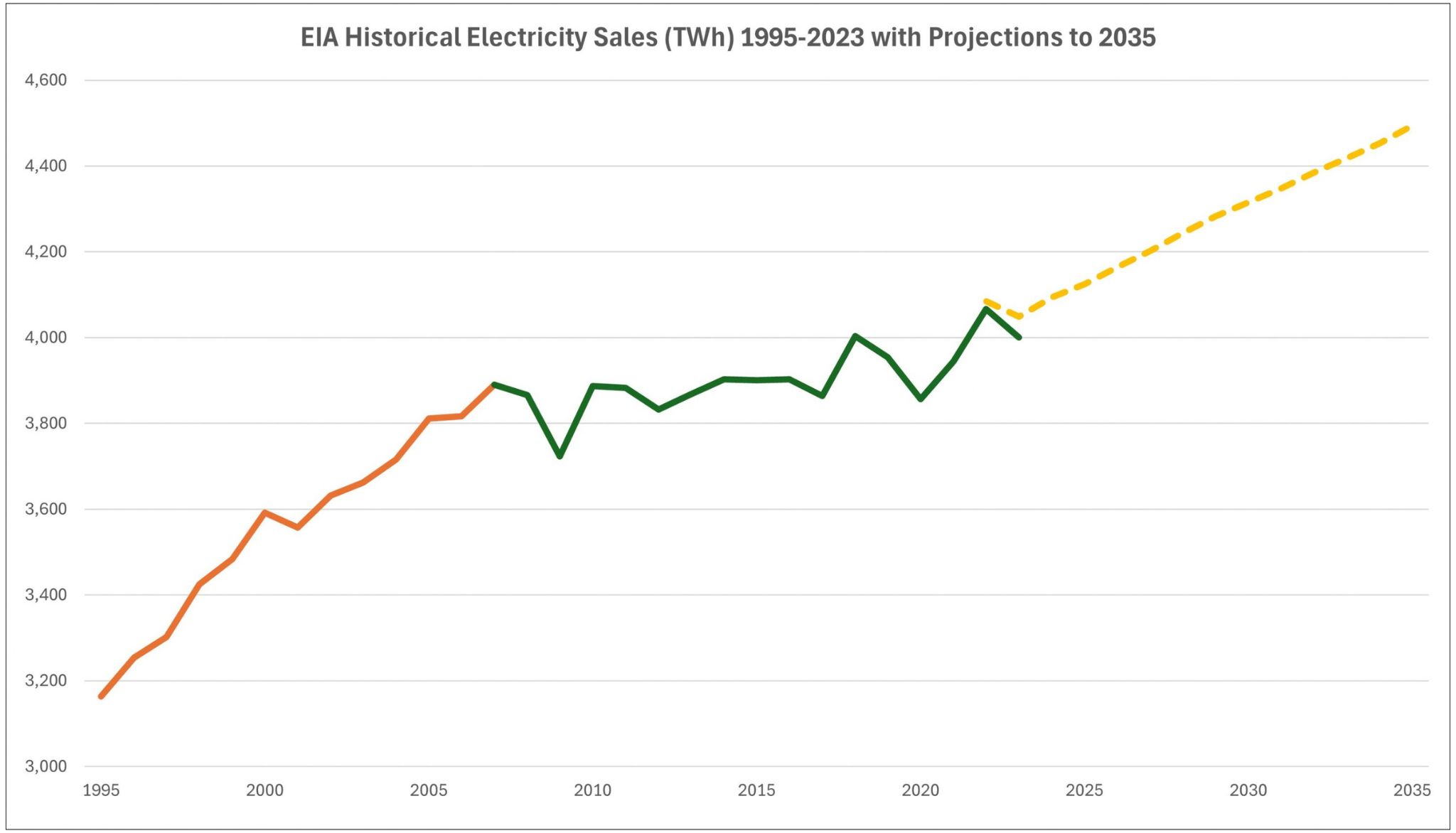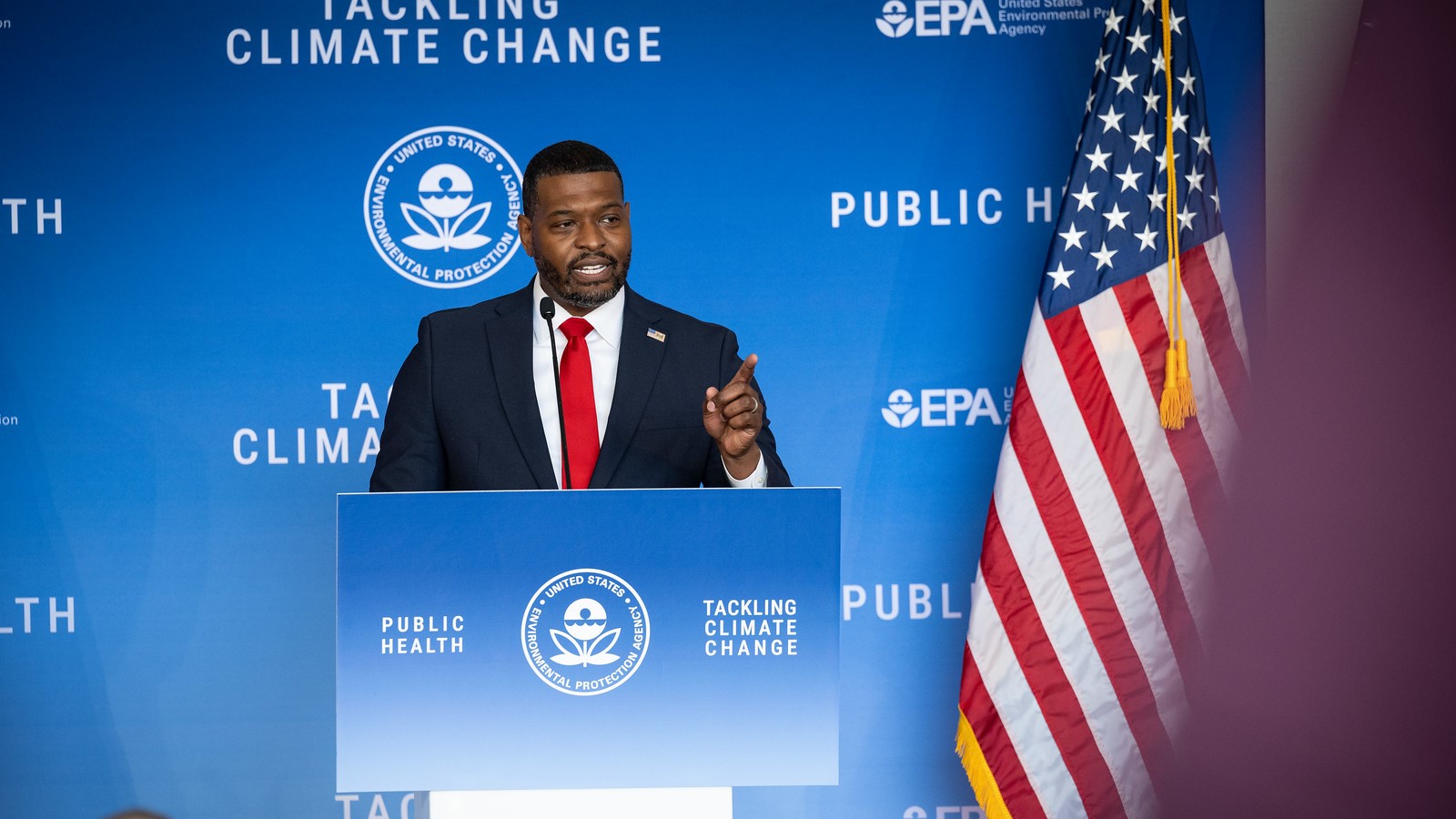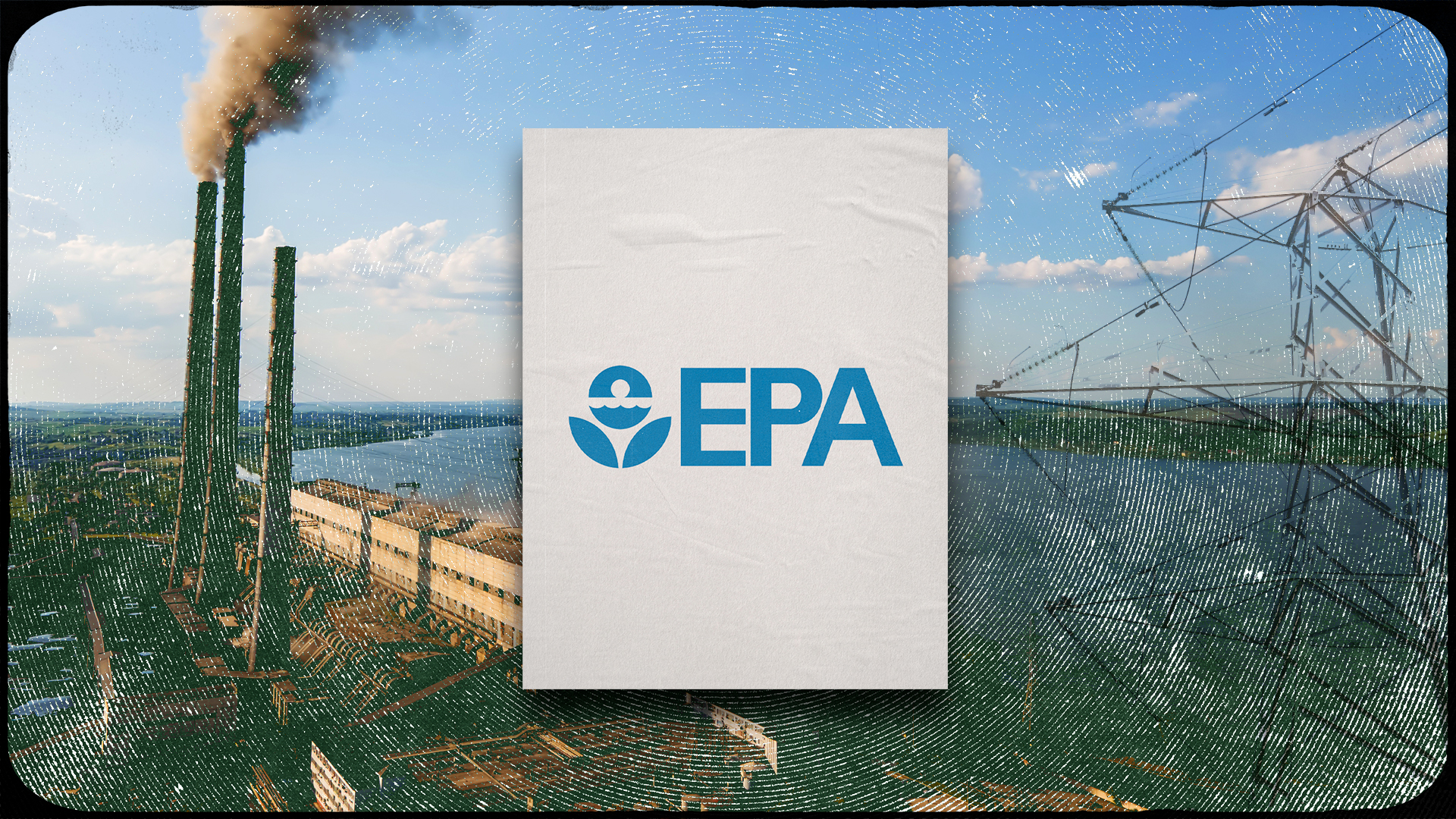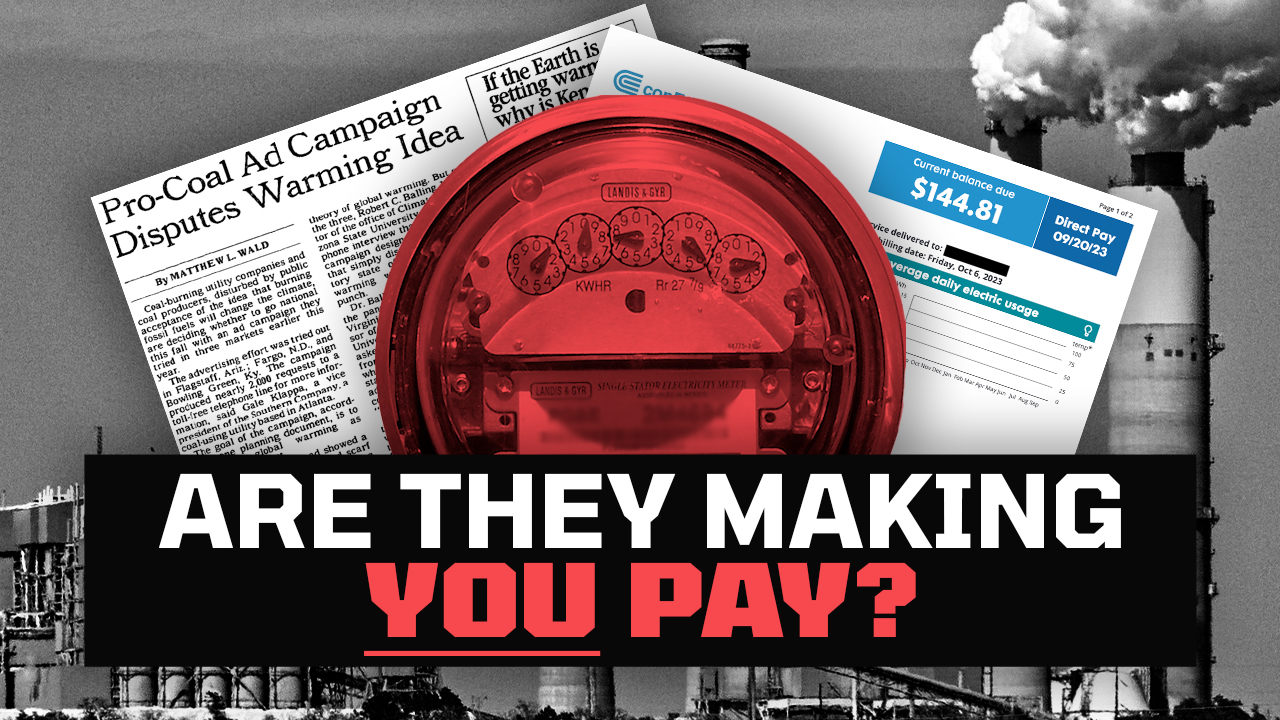The scale of this potential problem is hard to overstate. Some southeastern utilities such as Duke Energy, Georgia Power, TVA, and Dominion are rushing to build at least 14 gigawatts of ill-considered gas plants. If you take into consideration the proposed utility buildout plans for other southeastern utilities, this number rises to at least 33 gigawatts of proposed gas capacity. Nationwide, 79 gigawatts of gas capacity are actively seeking connection to the grid as of December 2023. If these new plants behaved like the average gas plant today, they would increase U.S. climate pollution by 191 million tons per year.
Duke Energy
One of the most egregious offenders is Duke Energy, based in the Carolinas. Duke’s integrated resource plan artificially caps energy storage and solar additions at a low level in its modeling. Limiting the contributions of third-party solar and storage creates an artificial shortfall in generation that Duke uses to justify the need for new gas plants for its own profit. When you’re a hammer, everything looks like a nail. Duke’s plans include several baseload gas plants that cannot ramp up and down in response to changing grid conditions. These plants are especially unhelpful in maintaining a reliable grid. But they are especially profitable for Duke Energy and its shareholders.
Tennessee Valley Authority
The Tennessee Valley Authority (TVA), a federally-owned utility, is also cooking the books to justify new gas. TVA’s plans to rely on gas have been criticized by the EPA for failing to consider clean energy alternatives. By failing to consider cheaper technologies, TVA is unnecessarily increasing power bills for its customers who already face a high energy burden.
Georgia Power
Georgia Power, a subsidiary of Southern Company, is also unjustifiably discounting clean energy. Microsoft, a major energy buyer with data center power demand and climate goals of its own, has said that Georgia Power’s integrated resource plan, which relies on new gas, undervalues renewable energy’s contributions to resource adequacy. Even the U.S. Department of Defense, a major electricity customer, has announced it “strongly opposes” Georgia Power’s plans, which do not include even a single carbon-free source of electricity.
Utilities also have a perverse incentive to inflate load growth projections so that even more fossil-fuel investments, billed to customers with a guaranteed rate of return, appear necessary. Regulators should review eye-popping demand projections by utilities with skepticism.
Clean Energy Is Cheaper Than Gas
The rush to gas ignores the possibility of meeting growing demand with lower-cost clean energy and storage. Renewable energy is cheaper than new gas, even without considering the game-changing tax credits and bonus credits for wind, solar, and storage in the IRA that reduce the cost of these technologies by 30 to 88 percent. Renewables that take full advantage of the tax credits in the IRA are cheaper than 99 percent of proposed gas plants.
And this is exactly what customers are demanding: Increasingly, customers want more energy cost regulation, more affordable power, and utilities investing in clean energy options.
New gas plants, however, are the most expensive option, will increase pollution and costs for customers, and are “disproportionately vulnerable to failure”. Utility investment decisions must be approved by state regulators, who are tasked with protecting customers from unjust utility bills and unnecessary cost increases. Those regulators must take a hard look at utility proposals and assumptions, many of which fail to take into account the full potential of lower-cost clean energy technologies.
Furthermore, locking in the pollution of these new gas plants for 40 or more years will make it impossible to hit U.S. climate targets. The U.S. has pledged to achieve 100 percent clean power by 2035, as part of its international climate commitments. Many states have their own binding laws and clean energy targets, and utilities have their own climate commitments. Proposed gas plants are out of step with all of these pledges.
The only parties that benefit from this pricier choice are utilities and gas companies, who stand to make extra profit if they can convince regulators to give them the go-ahead.





